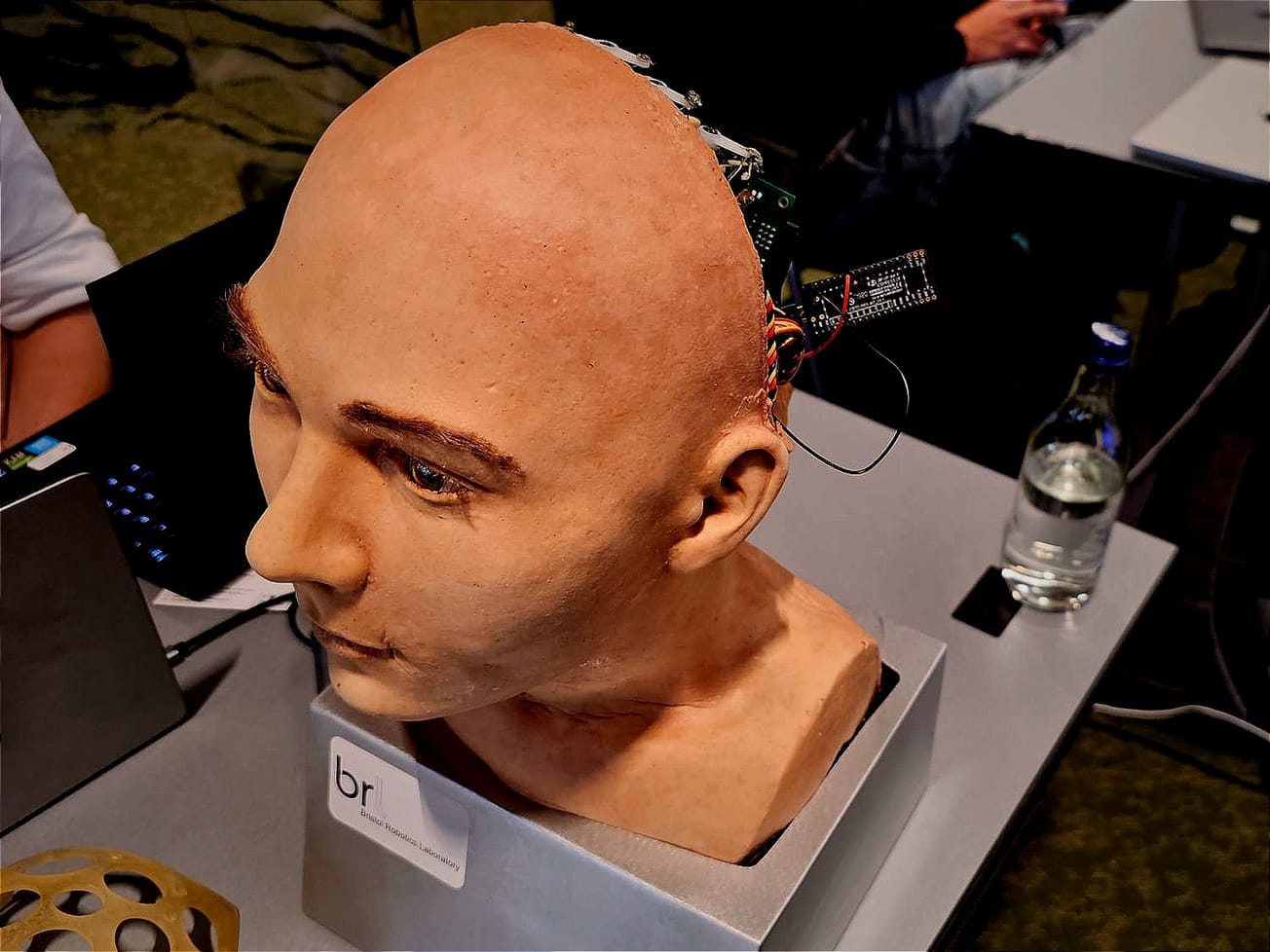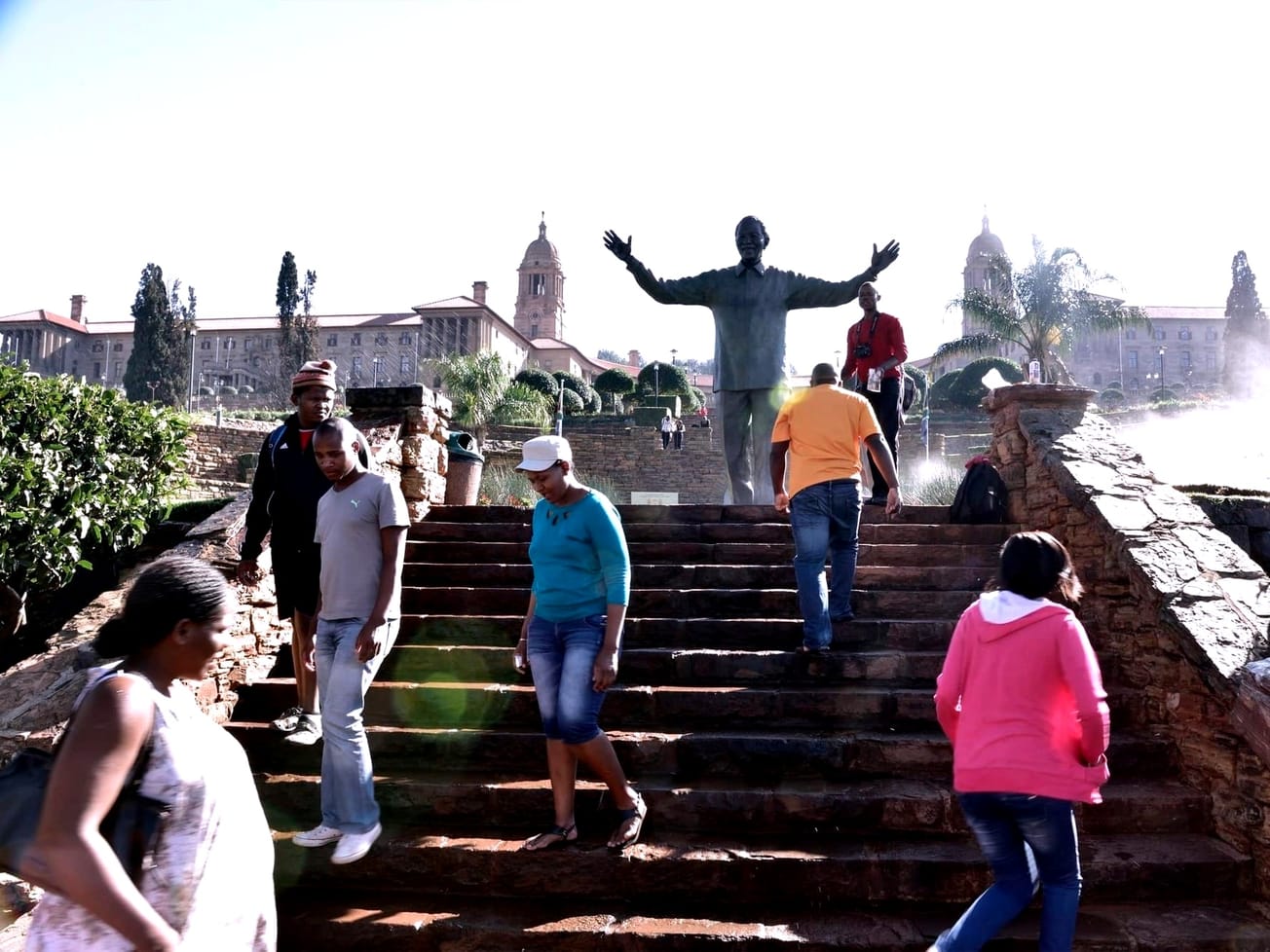The world marked the 50th anniversary of the first Moon landing as a powerful testament to collective efforts in problem-solving and finding peaceful solutions to seemingly impossible challenges.
American astronauts Neil Armstrong and Buzz Aldrin became the first people to walk on the Moon on July 20, 1969, their "giant leap" fueled by Cold War rivalry and youthful ambition personified in John F. Kennedy's presidential declaration that the point of it was to rise to a challenge.








